Slide phones may sound like a thing of the past, but they’re quietly finding their way back into modern conversations.
People are drawn to them not just for nostalgia, but for how practical and refreshingly simple they feel compared to today’s endless notifications.
There’s something satisfying about that smooth sliding motion and the click of real keys; a small reminder of when phones were made to connect, not distract.
In this blog, I’ll walk you through classic models that defined their era, the modern versions keeping the legacy alive, and what to check before buying one today.
Slide Phones: Why They Still Capture Attention
Slide phones were among the most loved gadgets of the 2000s. Brands like Nokia, LG, and Samsung made them iconic with their smooth sliding design that revealed a hidden keypad or keyboard.
Texting felt easier, the phones fit neatly in your pocket, and that slide action just felt cool.
Unlike flip phones that opened vertically, slide phones moved sideways or upward to uncover keys. Today’s foldable phones borrow that same concept, only with flexible screens instead of physical buttons.
They’re quietly making a comeback; not just for nostalgia, but for practicality. People miss the simplicity, durability, and distraction-free use.
Slide phones are perfect for minimalists or as reliable backup devices that focus on what phones were originally meant for: staying connected.
Classic Slide Phones That Defined the Era
Slide phones were at their peak during the 2000s and early 2010s. They offered practical designs, satisfying keypads, and reliable performance that made communication simple and fun:
1. Nokia 2680 Slide (2008)

The Nokia 2680 Slide was a compact and stylish phone that fit easily in your hand or pocket. It had a smooth, curved slider design with a simple interface and a VGA camera for quick photos.
Texting and calling felt effortless thanks to its comfortable keypad and clear display. The phone’s durable build and straightforward features made it ideal for users who valued reliability over flashiness, keeping communication simple and enjoyable.
2. LG Cosmos 3 (2010)

The LG Cosmos 3 was a classic texting phone designed for ease and comfort. It featured a smooth sliding motion that revealed a full QWERTY keyboard, perfect for quick messaging.
Its bright display and simple navigation made it user-friendly, especially for people who wanted basic communication without distractions.
Known for strong battery life and dependable performance, the Cosmos 3 was an ideal choice for anyone who valued practicality and straightforward design in a compact phone.
3. BlackBerry Torch 9810 (2011)
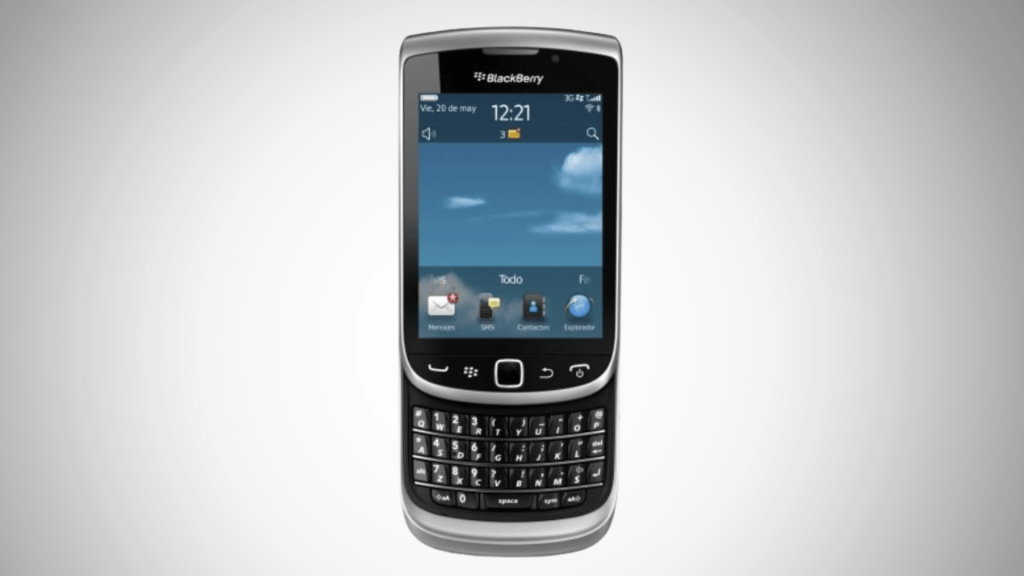
The BlackBerry Torch 9810 offered the best mix of touchscreen control and physical typing. Its slide-out QWERTY keyboard felt responsive, making emails and messages faster to type.
Running on BlackBerry OS, it supported web browsing, apps, and secure messaging-perfect for professionals and casual users alike.
With a sturdy design and smooth performance, the Torch 9810 represented the transition between traditional sliders and early smartphones, balancing modern features with the familiar BlackBerry feel.
4. Sony Ericsson Xperia Play (2011)

The Sony Ericsson Xperia Play blended mobile gaming and communication in one clever design. Known as the “PlayStation Phone,” it featured slide-out gaming controls that mirrored a console experience.
Powered by Android, it gave users access to PlayStation classics along with everyday smartphone functions.
Its responsive display, solid build, and unique concept made it a favorite among gamers who wanted fun on the go. The Xperia Play remains one of the boldest sliders ever made.
5. Motorola Photon Q 4G LTE (2012)

The Motorola Photon Q 4G LTE stood out for its rugged design and fast performance. It featured a five-row backlit keyboard that slid smoothly, making typing effortless.
Running on Android, it offered 4G LTE support and a sharp display for browsing and streaming.
Known for its sturdy feel and responsive keys, the Photon Q was a reliable option for business users and tech fans alike. It marked one of Motorola’s last strong entries in the slider era.
Modern Alternatives to Classic Slide Phones
Slide phones may have faded from the mainstream, but a few modern devices still capture that same spirit.
1. Nokia 8110 4G (2018)

The Nokia 8110 4G brought back the classic curved slider look with a modern twist. It ran on KaiOS, giving users access to basic apps like WhatsApp and YouTube without overwhelming them.
The phone’s smooth slide design protected the keypad and added a nostalgic touch for fans of the original “banana phone.”
It was small, sturdy, and perfect for anyone who missed the simplicity of older devices but wanted a bit of modern connectivity.
2. LG Wing (2020)
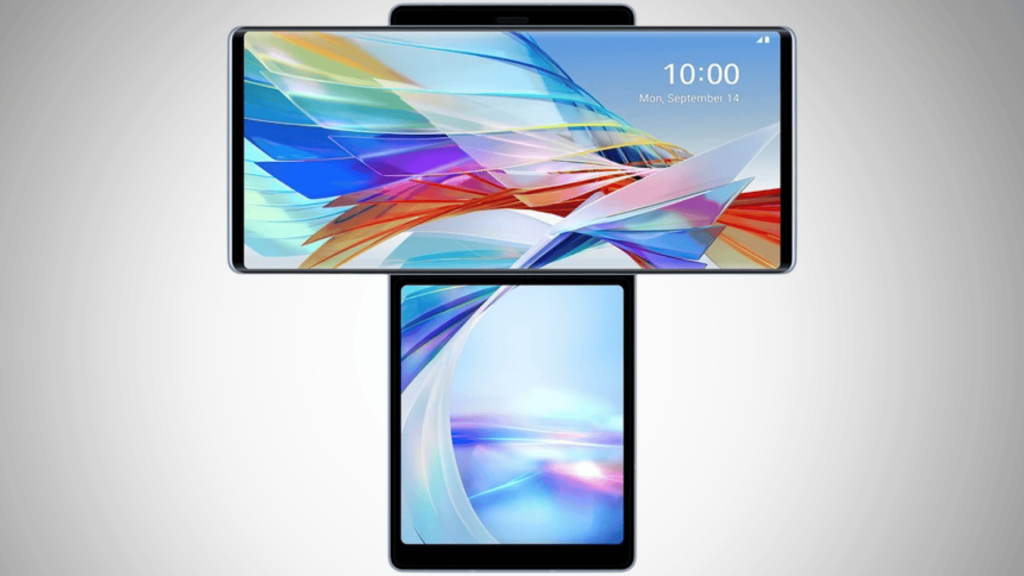
The LG Wing reimagined sliding phones in a futuristic way. Instead of a physical keyboard, its main screen rotated horizontally to reveal a smaller secondary display.
This clever setup made multitasking smoother and gave users a new way to use apps, watch videos, or shoot creative videos.
It wasn’t just a nod to classic sliders- it showed how that idea could evolve into something bold and modern. The Wing proved that innovation could still feel familiar.
3. Light Phone (2021)
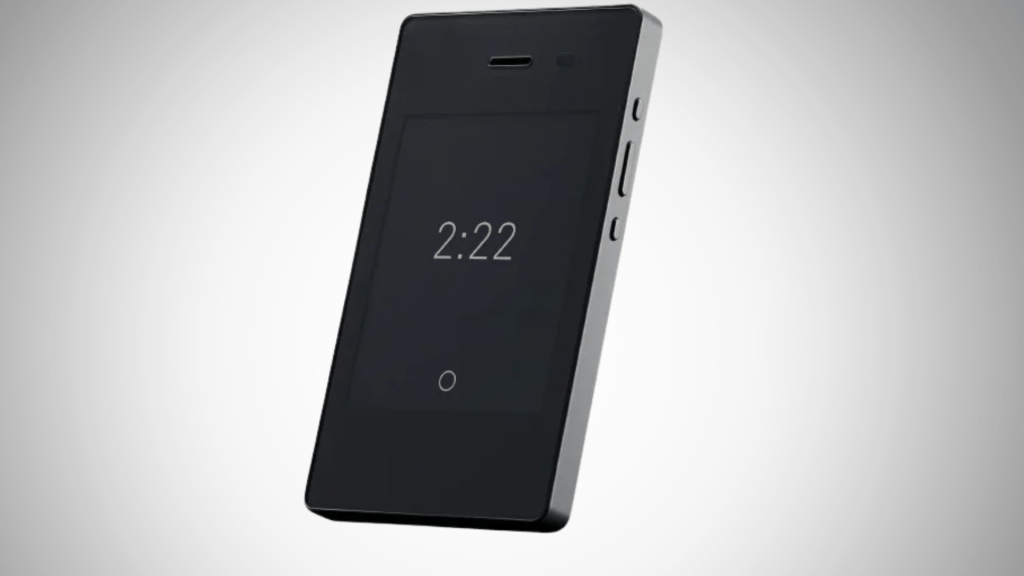
The Light Phone took the minimalist route. Designed to help users disconnect from constant notifications, it focused on essential functions like calling, texting, and simple tools.
Its matte finish and e-ink display gave it a calm, focused look. While it doesn’t have a sliding feature, it carries the same purpose as old slide phones-offering simplicity, durability, and peace of mind for anyone who wants a phone that keeps life less complicated.
4. Sunbeam F1 (2022)
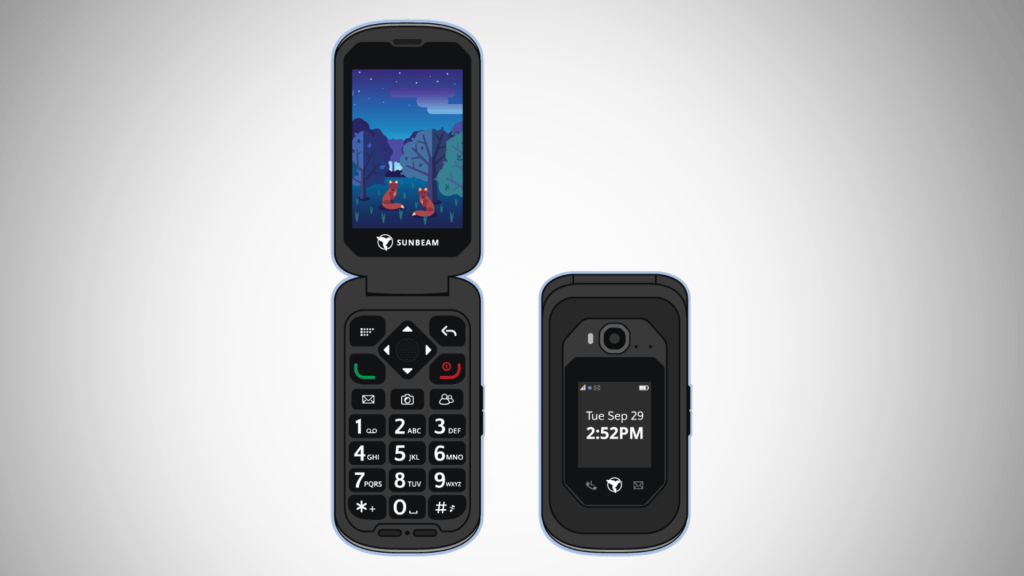
The Sunbeam F1 is a simple, privacy-focused phone built on KaiOS. It skips social media and unnecessary apps, keeping only the essentials like calls, texts, and navigation.
The interface is clean and easy to use, making it ideal for users who want a break from constant digital noise.
With a sturdy body and long battery life, the Sunbeam F1 feels like a modern take on the straightforward phones many people still miss.
5. HMD 2660 Flip (2023)
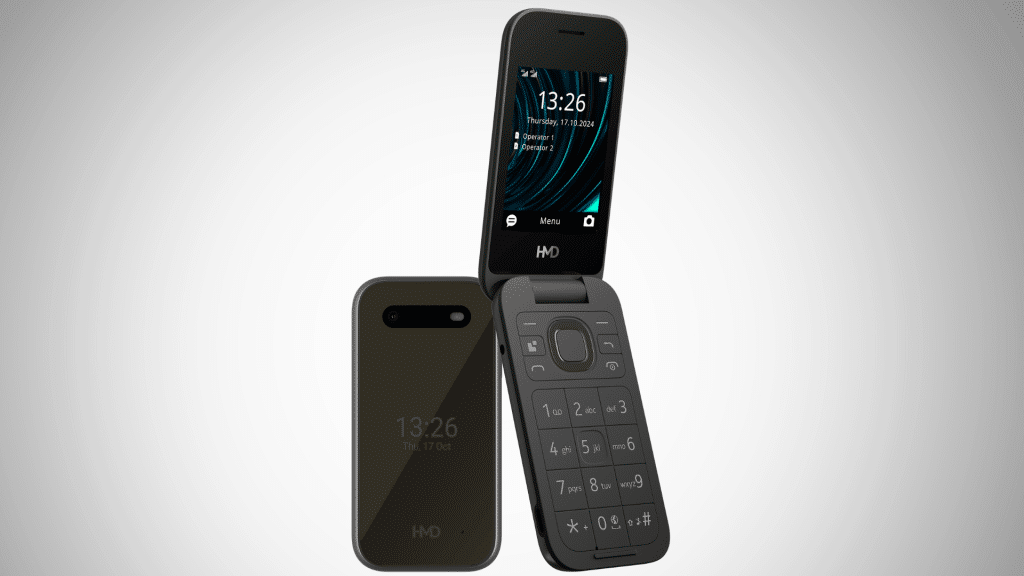
The HMD 2660 Flip blends nostalgia with practicality. It features a classic flip design, a tactile keypad, and reliable 4G connectivity.
The dual-screen setup lets you check notifications quickly while keeping things simple. It’s a great option for users who want modern performance without giving up the comfort of physical buttons.
The 2660 Flip brings back that satisfying open-and-close motion in a cleaner, smarter package.
6. SP4023 Dual SIM (2025)
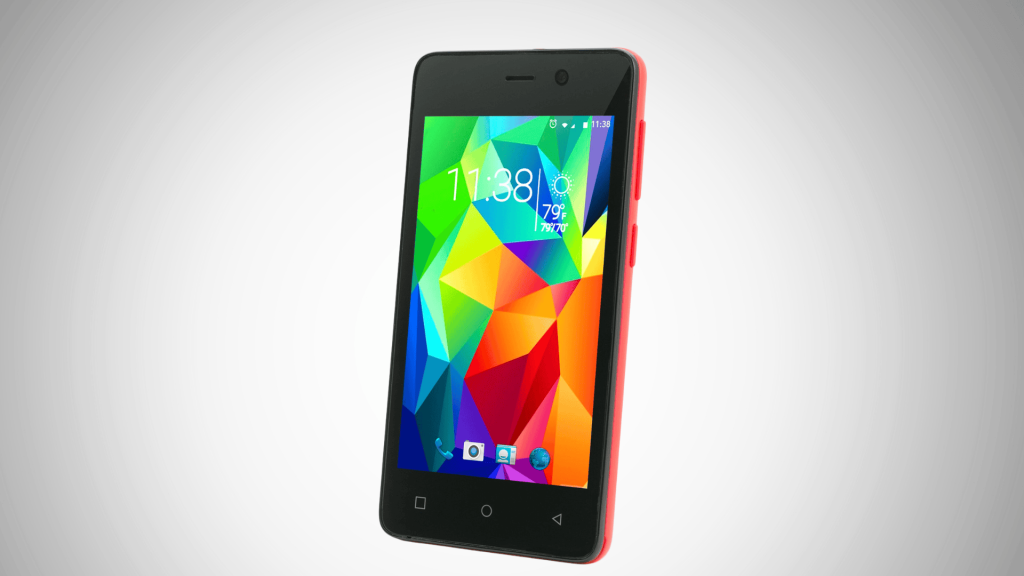
The SP4023 Dual SIM is a unique hybrid that mixes touchscreen convenience with a slide design. It supports two SIM cards, making it handy for managing work and personal numbers in one device.
The phone’s slim profile and responsive interface give it a modern edge while maintaining that familiar sliding motion.
It’s perfect for users who want a blend of nostalgia and modern functionality without the complexity of a full smartphone.
7. Samsung Galaxy Z Fold 7 / Z Flip 7 (2025)

The Samsung Galaxy Z Fold 7 and Z Flip 7 represent the future of slide-style design. Instead of a physical keyboard, they use foldable screens that mimic the tactile satisfaction of opening and closing a phone.
Both models offer premium performance, vibrant displays, and top-tier cameras. These foldables keep the same sense of motion and interaction that made sliders fun, proving that the spirit of slide phones still lives on in cutting-edge tech.
8. DIY Android + BlackBerry Keyboard Mods (Ongoing)

DIY Android + BlackBerry Keyboard Mods bring back the sliding experience through creative community projects.
Tech enthusiasts combine Android smartphones with physical BlackBerry-style keyboards, creating custom sliders that feel personal and practical.
These builds often rely on 3D-printed parts or repurposed phone components, giving users a unique mix of nostalgia and functionality. It’s a hands-on way for fans to relive the slider experience while keeping modern software and connectivity intact.
Where to Buy Slide Phones Online
Finding slide phones today is easier than you might think. Whether you’re after a nostalgic classic or a modern remake, several trusted online retailers still offer good options to check for:
- Amazon: Offers a wide range of slide phones, from refurbished classics to newer reissues. It’s a great place to compare prices and check user reviews before buying.
- eBay: Ideal for collectors and enthusiasts looking for rare or discontinued models. Many sellers offer detailed listings with photos, and you can often find great deals through auctions.
- Swappa: Known for its verified listings, Swappa is perfect if you want a used phone that’s been tested and confirmed to work. Seller protection and transparency make it a safer choice for used devices.
- Walmart and Best Buy: These stores occasionally stock modern versions of older phones or unlocked models from brands like Nokia and HMD. They’re a good option for buyers who prefer well-known retailers.
- Specialty Retro Phone Stores: Sites like BackMarket focus on refurbished or classic devices. They often carry models you won’t find elsewhere, making them a favorite for true slide phone fans.
Whether you want a collectible model or a practical backup phone, shopping online gives you plenty of reliable choices. Just be sure to check seller ratings, warranties, and compatibility before you buy.
What to Check Before Buying a Slide Phone
Before buying a slide phone, it’s worth taking a few minutes to make sure you’re getting good value for your money. Older and refurbished models can be great finds. Here’s what to look for:
1. Network Compatibility
Check if the phone supports your carrier’s network bands. Many older slide phones only work on GSM or CDMA, and not all support 4G or 5G. Make sure it’s unlocked or compatible with your SIM card to avoid connection issues after purchase.
2. Battery Availability
Older models often use removable batteries that can be hard to find. Before buying, confirm that replacement batteries are still available or included with the phone. A weak or unavailable battery can make even a well-kept device hard to use long-term.
3. Refurbished vs. Used
There’s a big difference between the two. Refurbished phones are tested, repaired, and cleaned by professionals, while used phones are sold as-is by previous owners.
Always read listing details carefully and look for seller ratings or certifications when buying secondhand.
4. Software Updates
Many classic slide phones don’t receive new software updates or app support. If you plan to use messaging or social apps, check whether the phone’s operating system, like KaiOS or older Android versions-still supports them. This can make a big difference in usability.
5. Warranty and Return Policies
Always review the warranty and return terms before finalizing your purchase. Some refurbished sellers offer limited coverage for defects, while others may not allow returns. A short return window or lack of warranty could leave you stuck if the phone arrives in poor condition.
Paying attention to these details can help you avoid surprises and get the most out of your purchase. A little research up front goes a long way when buying a slide phone online.
Conclusion
Slide phones may feel like a blast from the past, but they’ve never really gone away. You’ve seen how they’ve evolved from classic sliders to modern foldables that still capture the same satisfying feel.
These phones prove that simple, reliable tech can still have a place in today’s fast-changing world. You might just find the perfect balance between nostalgia, practicality, and everyday convenience waiting for you.
So now, if you’re ready to bring that experience back, take a look at some of the best slide phones available online!







